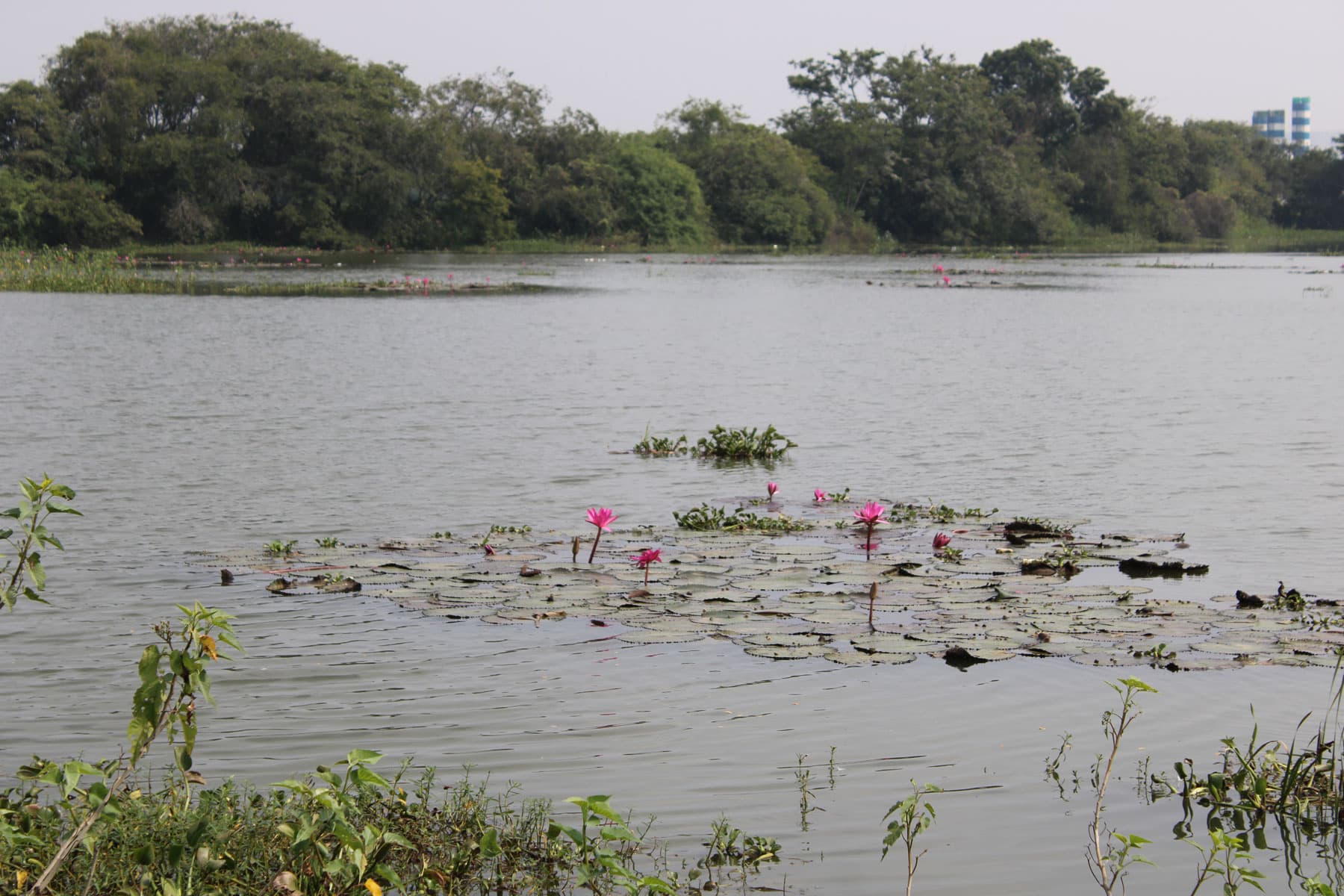
Lake health index
Explore the ToolHow to use this?

Water clarity (secchi depth):
Users should enter the Secchi Depth (SD) measured at the centre of the lake. In case the centre of the lake is not accessible, the SD can be measured at the outlet. However, users must ensure that the SD is measured at the same spot to get consistent data for interpretation and decision-making. This value, representing water transparency, is obtained by lowering a Secchi disk into the water and noting the depth at which it disappears from view. Refer to this video on Secchi depth. The measured SD is then scored from 1 to 5 according to the criteria presented in Table 1.

Nutrient levels (Total phosphorus levels):
Users should enter the Total Phosphorus (TP) concentration in the lake, as reported in the detailed project report or can get a water sample tested in the accredited water testing laboratory. The TP data collected/reported should coincide with the location of SD measurements. This parameter is also scored on a scale of 1 to 5 based on predefined scoring guidelines shown in Table 2.

Algal presence:
For this parameter, users assign a score from 1 to 5, selecting the value that best matches the current condition of the lake according to descriptive categories provided in Table 3.

Shoreline condition:
Similarly, users evaluate and score the shoreline condition from 1 to 5, based on the description that most closely reflects the actual state of the lake as shown in Table 4.
Refer to this video on understand importance of shoreline.
Assessment Tables
